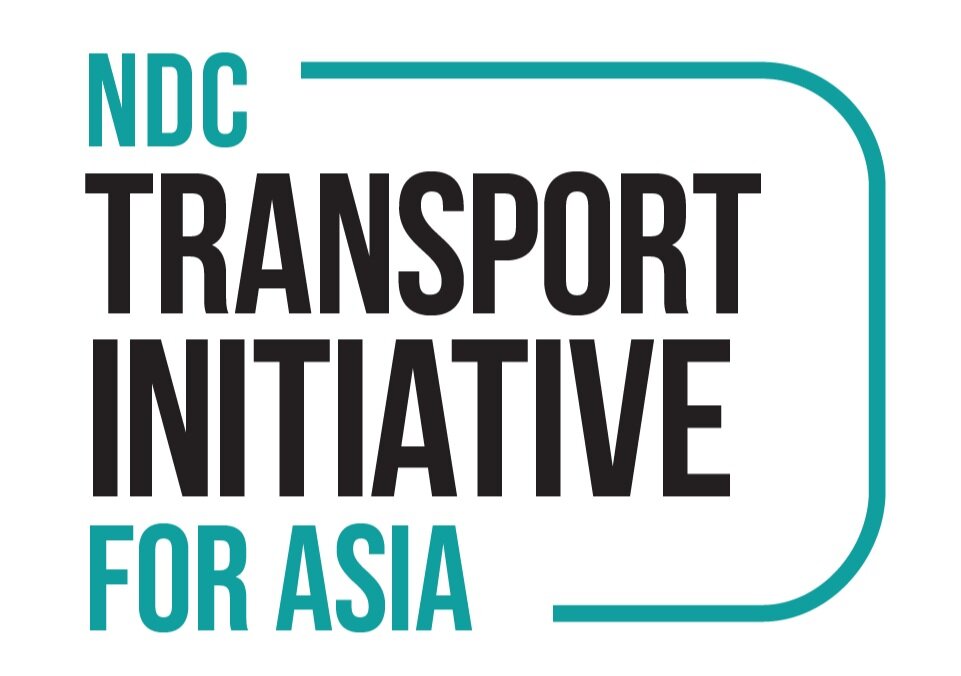BLOG: Kevadia is a launch pad for a new era of urban vehicle access regulations in India
Photo from stock.adobe.com
This ICCT blog is a first in the series focused on the prospects for strategies like low- and zero-emission zones in India.
On World Environment Day in June, Indian Prime Minister Modi announced that Kevadia, a town in the western state of Gujarat, will be branded as India’s “first electric vehicle-city.” The Kevadia project is another step toward establishing vehicle-access restricted areas in India and mainstreaming such policy measures, and it is the only one to date to focus on electric vehicles.
As India grapples with air pollution issues and struggles to reach FAME-II sales targets for electric vehicles, urban vehicle access regulations like low-emission zones (LEZs) and zero-emission zones (ZEZs) offer a two-for-one solution so promising that India can’t afford for them to be sidelined.
To view the full blog by Pramoda Gode, click here.

